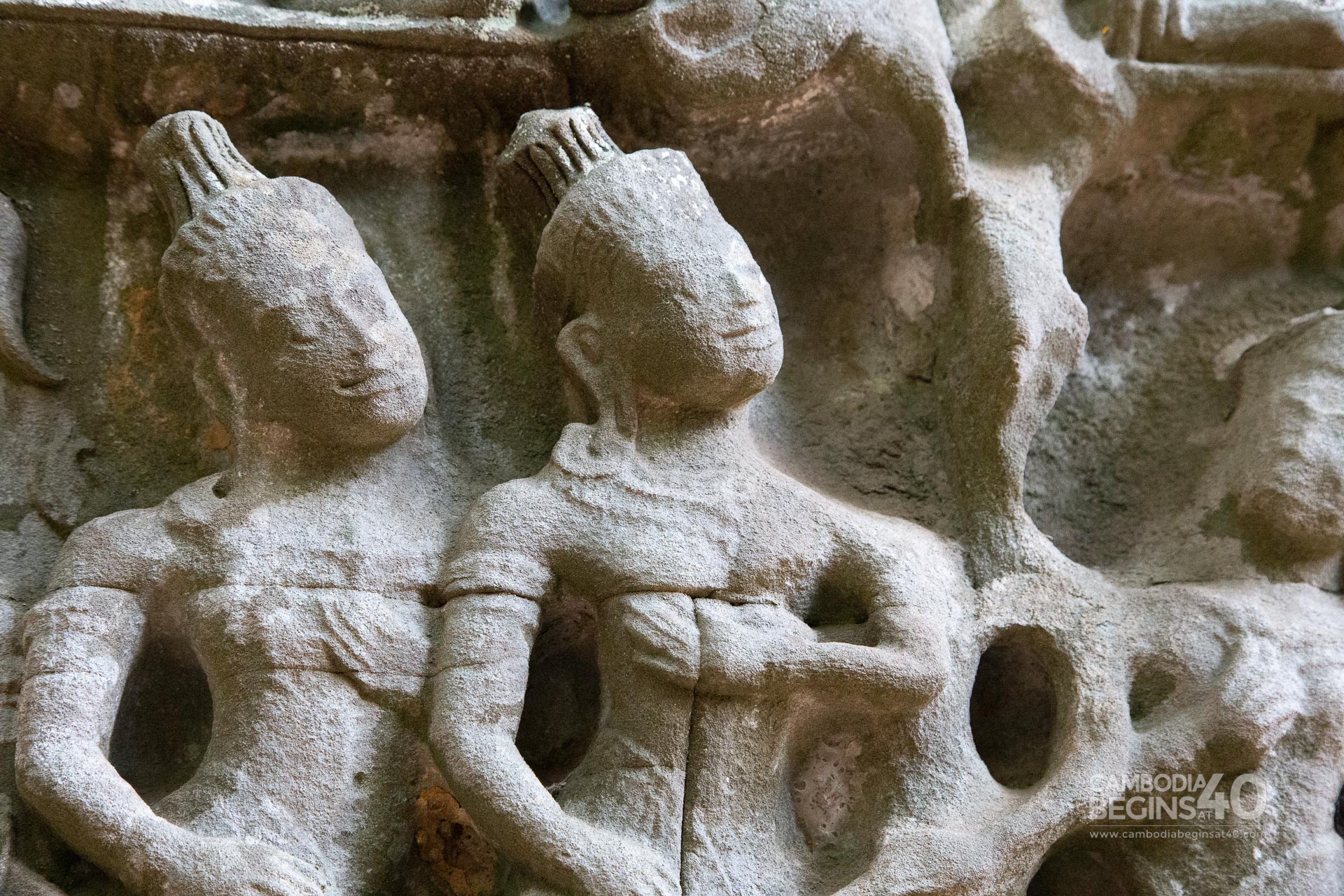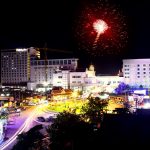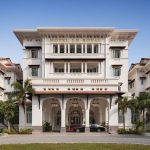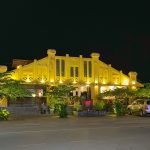Siem Reap sits as Cambodia’s tourism hub and business was devastated by the pandemic. However, with borders now open Siem Reap is in recovery mode and life has returned. Learn more about Siem Reap Covid recovery.
Siem Reap sits as a very different city to what it was pre-pandemic. As a place predominantly reliant on tourism, it was devastated by Covid-19. The once thriving hub resembled a ghost town as the lights flickered out at lively Pub Street, bars, restaurants, boutiques, cafés and hotels shuttered their doors, markets closed, and the mish-mash of tuk tuks almost overnight evaporated.
Siem Reap Covid Recovery
However, Cambodia became one of the first countries in the region to reopen its doors to tourists in November 2021, symbolising the reboot of tourism countrywide and the start of Siem Reap’s Covid recovery. While the initial trickle has been slow but steady, hopes are high that 2023 will be the come-back year – and a fresh Siem Reap is ready and waiting.
Beautification of Siem Reap
Taking advantage of the downtime, authorities spent most of 2021 carrying out a beautification project throughout the compact city. The US$149.21 million 38-road project has seen all of temple town’s 38 major roads upheaved and repaved. Pavements have been installed throughout the city centre making it pedestrian-friendly, cycle paths have been integrated, trees planted, CCTV cameras installed and manicured gardens installed across the city.
Hotels in Siem Reap
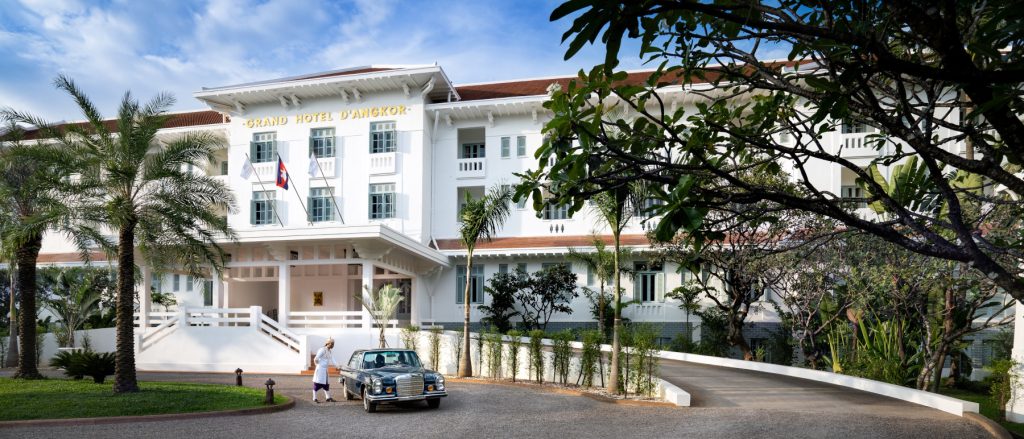
As the destination continues to readjust to a post-pandemic world, some restaurants, hotels, bars and boutiques remain closed – and it remains unknown if they will reopen – however, for now the stalwart hotels – think Raffles, Sofitel, Park Hyatt et al – and enough boutique beauties to choose from are welcoming guests. And there remains no shortage of bars, restaurants, galleries and other attractions to keep visitors entertained.
Visitors to Angkor Wat
Then, of course, there are the temples of Angkor that the town is famed for. And the slight icing on the top of the toxic coronavirus cake is the fact that until tourism returns to pre-covid figures, visitors pretty much have the ancient monuments to themselves – an unimaginable reality back in 2019 when battling the sunrise crowds.
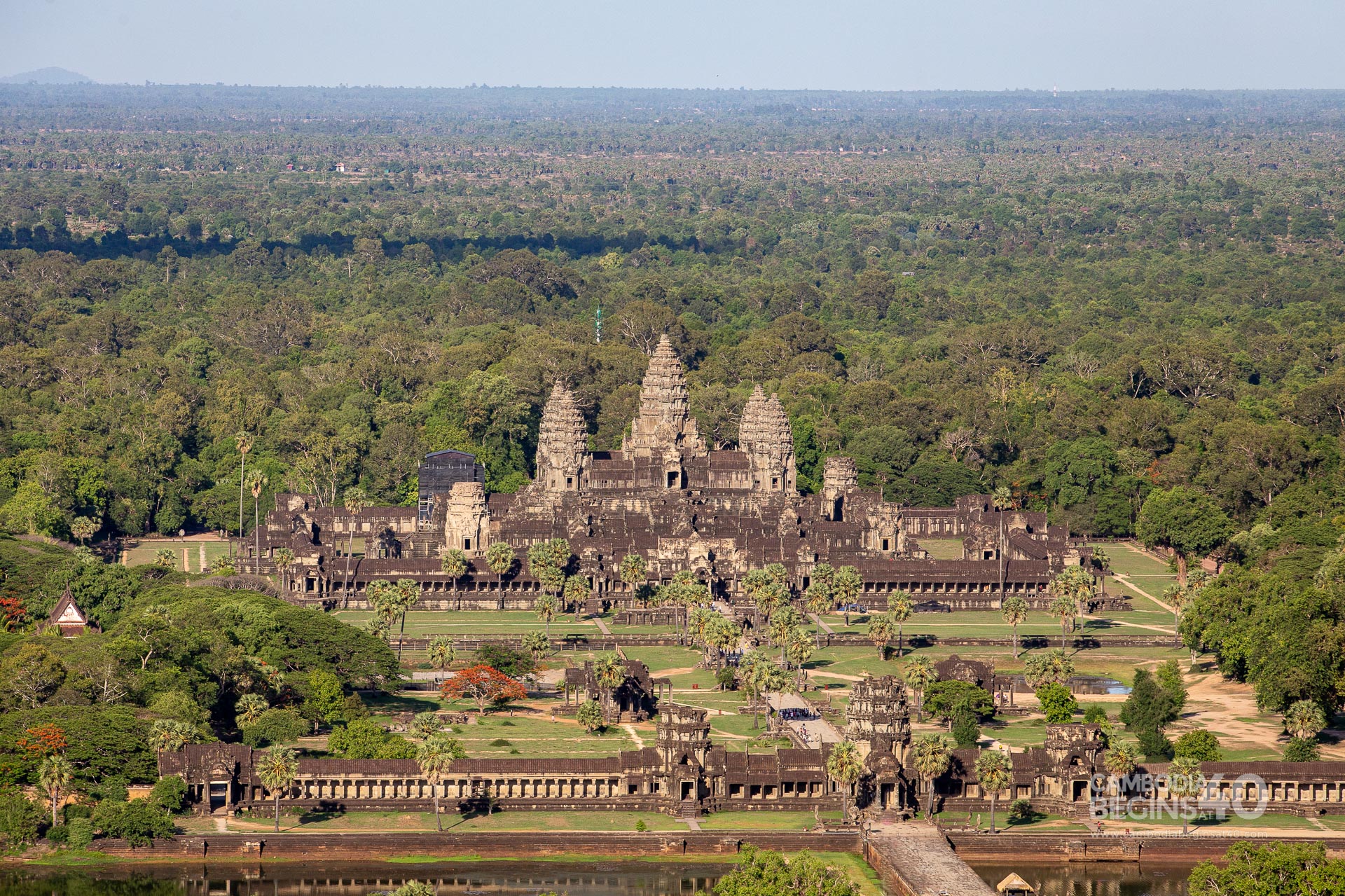
To give a little perspective, in 2019 about 2.2 million people explored the UNESCO-crowned site. This dropped 81.8 percent in 2020, with 400,898 international visitors entering the archeological park. Since opening borders to vaccinated travellers, tourism has seen a small spike. Latest figures show that for the first four months of 2022, 33,205 people visited the 400sq km site and its hundreds of ancient temples and religious structures – a 622 percent hike in comparison to the same time in 2021.
